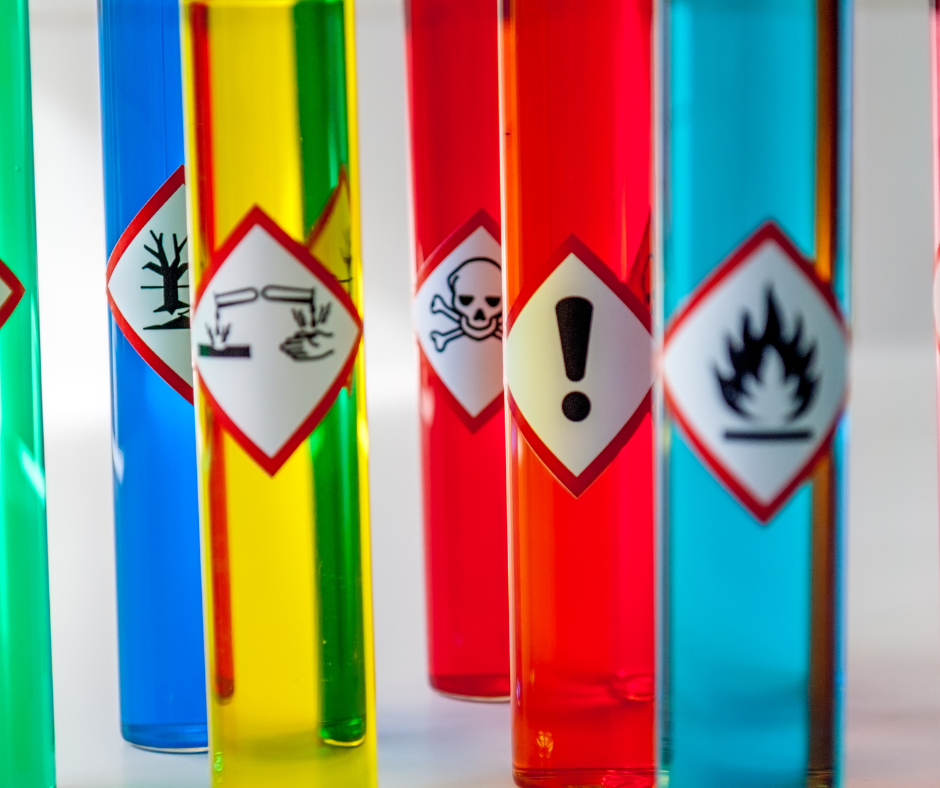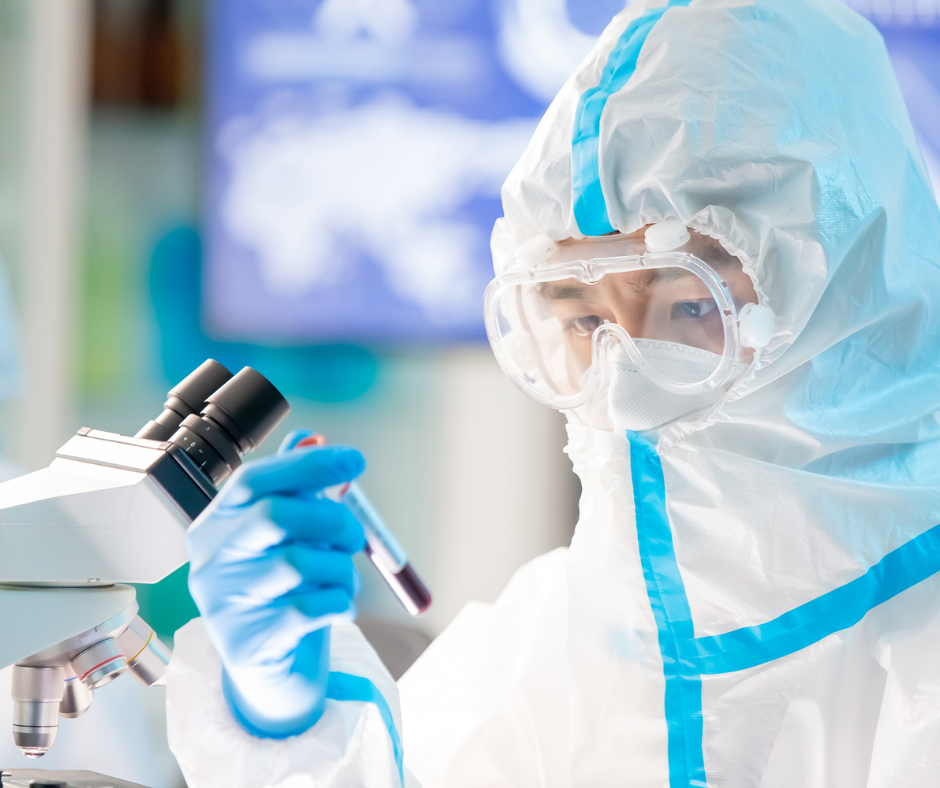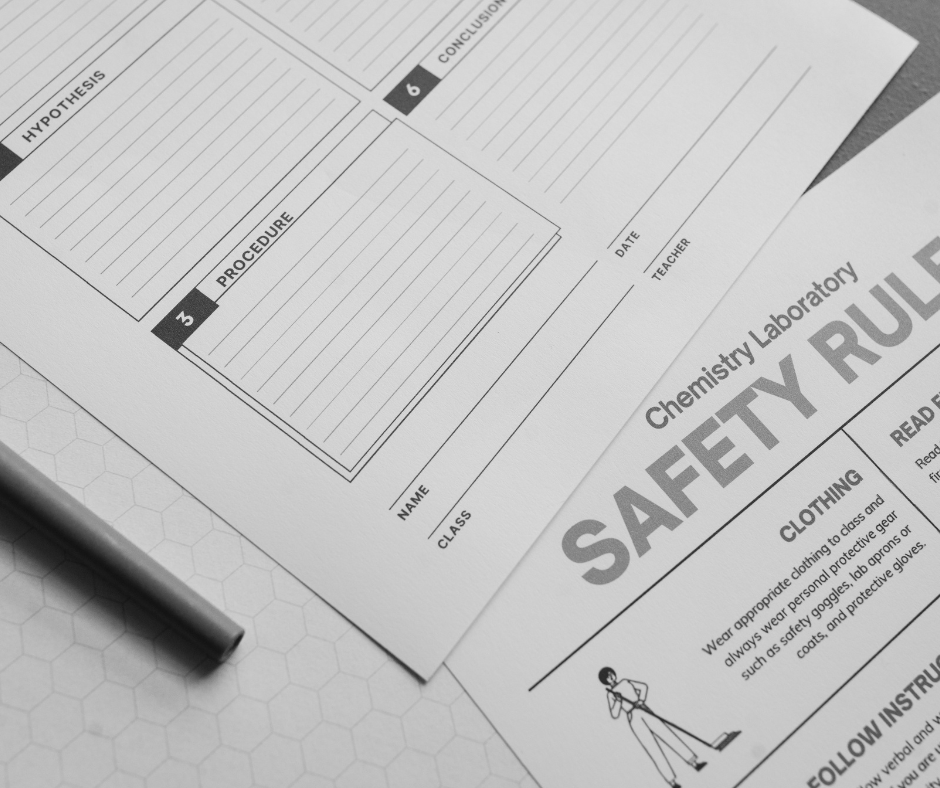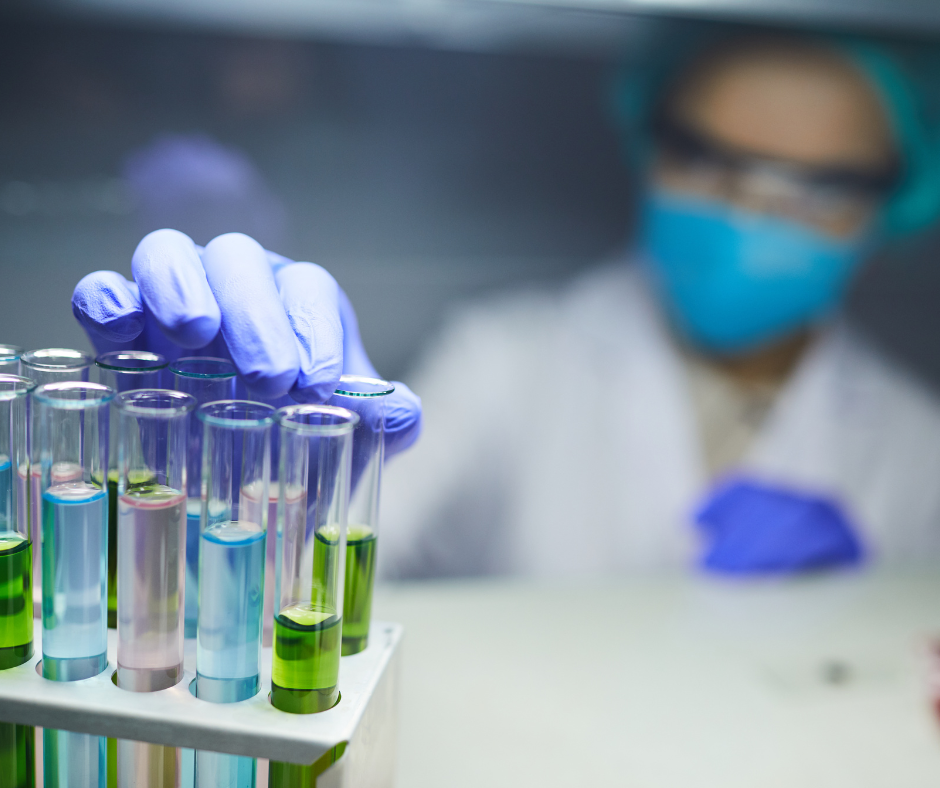Working in a lab comes with many risks, especially when handling dangerous chemicals. Laboratory workers are exposed to various substances that can harm their health and well-being. Fume hoods play a big part in keeping lab personnel safe from the health effects and dangers associated with lab work. But it’s also important to know the signs of chemical exposure and the preventive measures that can be used alongside fume hoods. By understanding these aspects, lab workers can better protect their health and create a safer work environment.
The Significance of Fume Hoods in Lab Safety
The main purpose of fume hoods is to create a controlled environment that protects laboratory personnel from the risks associated with handling hazardous substances. These enclosed workspaces act as a barrier, preventing hazardous fumes and particles from spreading into the surrounding environment.
One of the key benefits of fume hoods is their ability to establish a controlled airflow pattern within the lab. This ensures that any hazardous fumes or vapors generated during experiments are contained and directed away from the breathing zone of the workers. By maintaining negative pressure inside the hood, fume hoods effectively capture and remove these potentially harmful substances, reducing the risk of accidental contact or inhalation.
Fume hoods are versatile and can accommodate a wide range of laboratory procedures. Whether it’s working with volatile chemicals, conducting experiments that produce noxious fumes, or handling radioactive materials, fume hoods provide a specialized solution to ensure worker safety in different lab settings.
In addition to their containment capabilities, fume hoods also enhance the overall comfort and usability of the laboratory workspace. They offer an unobstructed view of the experimental setup, allowing workers to perform their tasks with precision. Adjustable sashes provide flexibility and easy access to equipment and materials, while still maintaining a secure barrier against harmful substances.
Furthermore, fume hoods serve as a visible symbol of the laboratory’s commitment to safety. Their presence demonstrates a dedication to protecting the well-being of workers and fosters a culture of safety and responsibility. This reassurance enables laboratory personnel to focus on their work with confidence and efficiency.
Fume hoods are essential for laboratory safety because they create a controlled and contained environment for handling hazardous substances. Through their ventilation systems, they effectively remove harmful fumes and particles, minimizing the risk of exposure. Fume hoods play a critical role in ensuring the health and well-being of laboratory workers by creating a safer and more productive work environment.
Read More: Different Types of Fume Hoods and Their Uses
Taking a Closer Look at Health Effects and Hazards in Lab Settings
Working in a laboratory involves inherent risks, particularly when it comes to handling hazardous chemicals. It is vital for individuals working in labs to understand the risks associated with chemical exposure and physical hazards. Furthermore, being able to recognize the signs of chemical exposure is crucial for early detection and prompt action.
Physical Hazards: Physical hazards are a significant concern within laboratory settings. These hazards encompass the potential for fires, explosions, and accidents related to equipment handling. Such risks can result in severe injuries and must be taken into consideration alongside the dangers associated with chemical substances. Implementing appropriate safety measures, including equipment maintenance, proper handling procedures, and fire prevention protocols, is essential for mitigating physical hazards within the lab.
Chemical Exposure: In addition to physical hazards, laboratory workers may also face chemical exposure while performing their duties. Depending on the nature of the chemicals involved, various health effects can arise. These effects encompass respiratory issues, such as difficulty breathing or coughing, as well as skin and eye irritation.

Long-term effects of chemical exposure in a laboratory can have significant implications for the health of laboratory workers. Prolonged or repeated exposure to hazardous substances can lead to various adverse health outcomes. These effects may manifest over time and can include chronic illnesses, organ damage, respiratory disorders, neurological disorders, and even an increased risk of developing certain types of cancer.
Signs of Chemical Exposure: Being able to recognize the signs of chemical exposure is crucial for laboratory workers. Prompt identification of these signs enables individuals to take immediate action and seek necessary medical attention. Common symptoms of chemical exposure include respiratory distress, such as difficulty breathing or coughing. Skin irritation, characterized by redness, rash, or itchiness, and eye irritation, including redness, watering, or itching, are also indicators of potential chemical exposure. Other signs may include headaches, dizziness, nausea, fatigue, or weakness. It is important for lab personnel to be vigilant and promptly report any concerning symptoms to ensure their health and safety.
By understanding the potential health effects and hazards in the laboratory, workers can take proactive measures to protect themselves and create a safer work environment. Awareness of the risks associated with chemical exposure and physical hazards, as well as recognizing the signs of chemical exposure, empowers laboratory personnel to prioritize their well-being and maintain a healthy and secure workplace.
Maximizing Protection by Combining Preventive Measures with Fume Hoods for Lab Safety
When it comes to ensuring safety in laboratories, fume hoods are essential tools for containing hazardous substances. However, their effectiveness can be further enhanced by combining them with various preventive measures. It is crucial to recognize that relying solely on fume hoods is not enough to provide comprehensive protection. To create a safer working environment, laboratories must integrate a range of additional safety protocols and practices. By understanding the importance of combining these preventive measures with fume hoods, laboratories can improve safety standards, reduce exposure risks, and prioritize the well-being of their personnel.
Personal Protective Equipment (PPE): The use of appropriate PPE, including gloves, lab coats, safety goggles, and respiratory protection, is crucial in minimizing direct contact with hazardous substances. PPE should be properly selected, maintained, and worn consistently to provide maximum protection.

Engineering Controls: In addition to fume hoods, other engineering controls such as local exhaust ventilation systems, air filtration systems, and automatic shut-off mechanisms can further enhance the safety of laboratory environments. These controls help mitigate the release of hazardous substances into the air and minimize exposure risks.
Training and Education: Comprehensive training programs should be implemented to educate laboratory workers about the potential hazards associated with their work. This includes proper handling of chemicals, emergency procedures, and the correct use of fume hoods and other safety equipment. Regular refresher courses can reinforce safe practices and keep workers up-to-date with the latest safety protocols.
Regular Maintenance and Inspections: Fume hoods and other safety equipment should undergo routine maintenance and inspections to ensure their functionality. Proper calibration, filter replacements, and prompt repairs are essential to maintain their effectiveness in safeguarding worker health.
Good Laboratory Practices: Adhering to good laboratory practices, such as maintaining a clean and organized workspace, proper storage of chemicals, and regular decontamination procedures, can significantly reduce the risks of chemical exposure and accidents.
Creating a Safer Lab by Combining Fume Hoods and Solid Safety Practices

The health and well-being of laboratory workers are extremely important, and fume hoods play a crucial role in minimizing health hazards by effectively containing and ventilating hazardous substances. However, it is important to understand that fume hoods alone cannot provide complete protection. A combination of preventive measures, including the use of personal protective equipment, engineering controls, proper training and education, regular maintenance, and adherence to good laboratory practices, is essential for ensuring the safety and well-being of laboratory workers.
By implementing these preventive measures in conjunction with the use of fume hoods, laboratories can create a safer working environment and reduce the risks of chemical exposure and accidents. It is the responsibility of both employers and employees to prioritize safety, foster a culture of responsibility, and consistently follow established safety protocols.
Ultimately, by understanding the significance of fume hoods and implementing comprehensive safety measures, laboratory workers can protect their health, minimize risks, and contribute to a productive and thriving scientific community.
With over two decades of experience, National Laboratory Sales is dedicated to transforming your lab with personalized service and innovative design solutions. Whether you’re building a state-of-the-art new lab or upgrading your current space, we offer a remarkable range of high-quality casework, workstations, fume hoods, and other essential lab products. Plus, most of our items ship fast—often within two weeks—so you can keep your projects on track. Experience a new standard of lab solutions. Contact us today!


